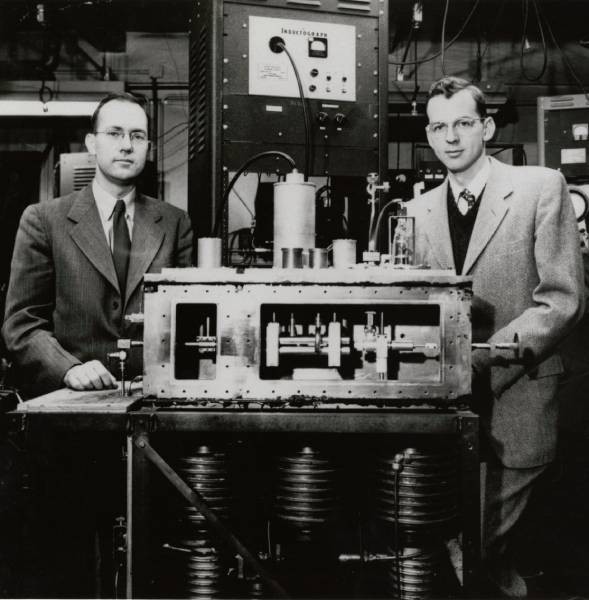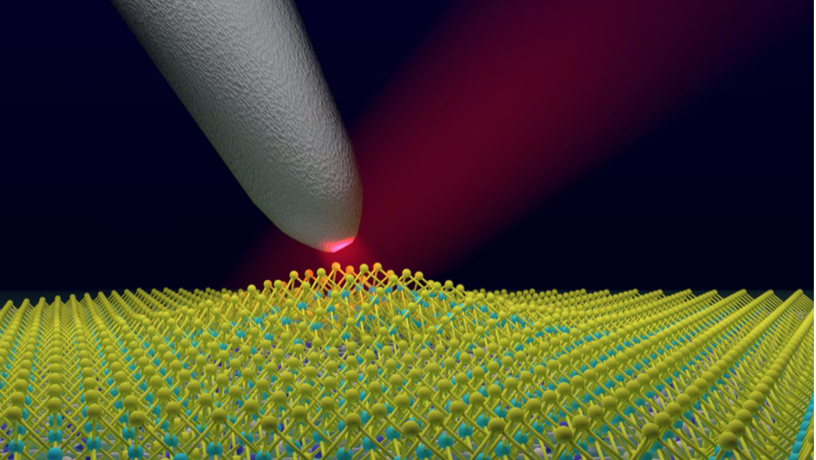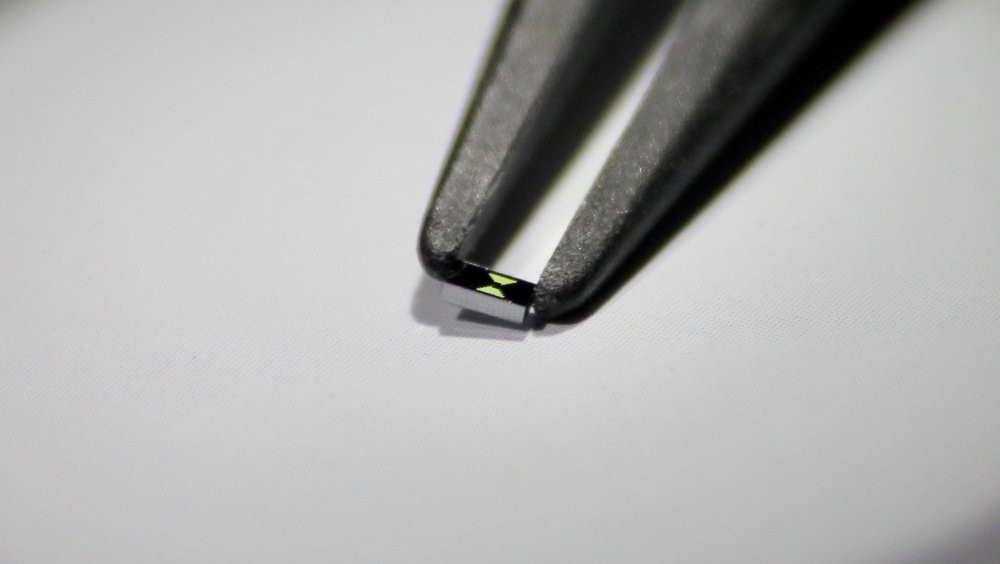Studying the Quantum Nature of Light at Columbia
For International Day of Light, meet some of the faculty who are continuing the university’s long legacy of light research.

May 16 is the International Day of Light, marking the anniversary of the first successful operation of a laser in 1960 by Theodore Maiman. Did you know that these light amplifying devices, which have changed the world over the past 60+ years, have roots at Columbia?
In 1951, on a beautiful spring day, as he would later recall, Columbia’s Charles Townes came up with the idea for the device that would precede the laser and earn him a Nobel Prize in 1964. The MASER, short for Microwave (rather than Light) Amplification by Stimulated Emission of Radiation, produced beams of microwaves that radiated out from the device at a single frequency. In the ensuing years (and decades), researchers at Columbia and beyond applied the MASER’s underlying quantum principles to light waves, creating ever smaller and more powerful lasers.

Today, that long legacy of light research continues at Columbia as researchers probe and attempt to control light, with the goal of developing new generations of devices for communications, computing, and sensing.
Light is quantum. It is made up of individual particles called photons that move in waves and have inherent quantum properties, like entanglement and superposition. To take advantage of these properties, researchers first need to be able to isolate individual photons. Labs at Columbia like Jim Schuck’s are exploring ways to generate these light particles from ever-smaller materials.
When light strikes an atom, its electrons become “excited.” That state is temporary, and eventually the electrons will settle back down. The extra energy is released as a photon. Bulky crystals are commonly used to generate single photons, but these can be hard to manipulate and control. The Schuck lab has been studying 2D materials, which can be stacked, twisted, and strained in different, tunable ways, as single-photon sources. They are also exploring how to use these atom-thin options to shrink the size of lasers and other optical devices.
In Pupin Hall—the very building where Townes along with postdoc Herbert Zeiger and PhD student James Gordon constructed the first MASER—physicist Tanya Zelevinsky and her lab are ticking away at building optical atomic and molecular clocks. These devices keep ultraprecise time and enable technologies like GPS. Lasers are needed to create such clocks, and labs like Zelevinsky’s are exploring ways to manipulate and stabilize the necessary laser light and working to improve so-called optical frequency combs.
Optical frequency combs are like rulers that measure light and help researchers isolate and adjust different frequencies. In addition to building optical clocks, frequency combs are useful for optical communications, astronomical measurements, spectroscopy, and sensing chemicals. The nanophotonics labs of engineers Michal Lipson and Alexander Gaeta are interested in shrinking frequency combs and other photonic devices down to chip size, as has been done in electronic devices, which are based on electrons. They are also developing techniques to isolate, slow down, and manipulate individual photons and their quantum properties for use in novel quantum communications and computing devices.


